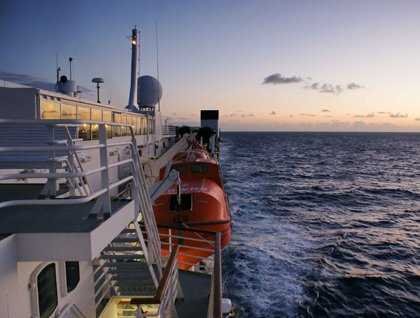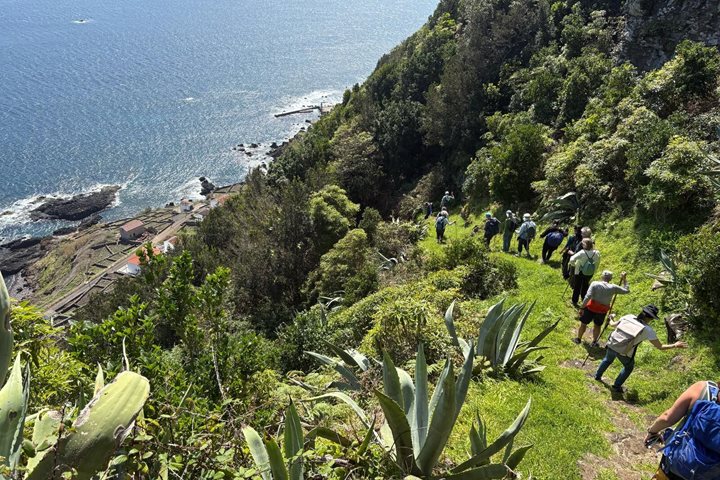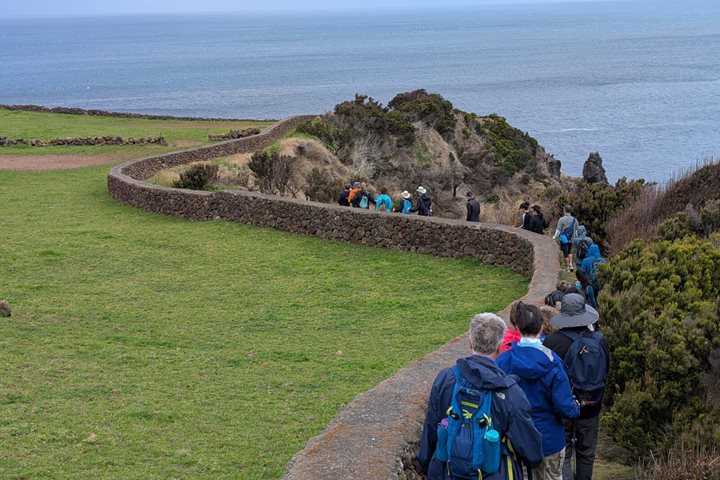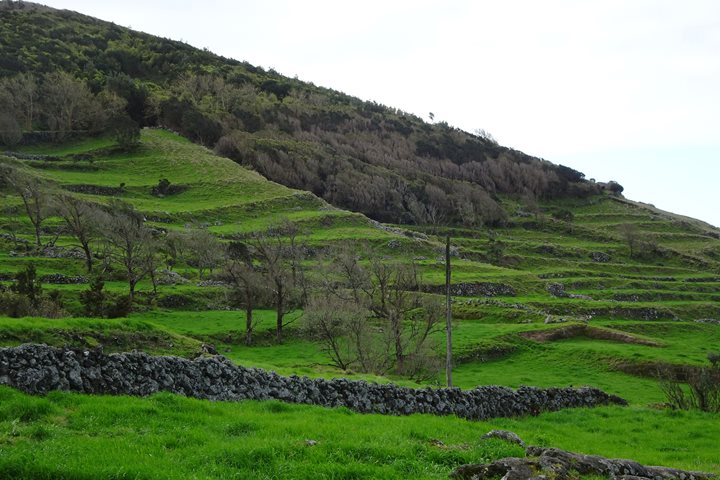Starting the day pre-dawn at sea is a refreshing and peaceful exercise and at this latitude the sun won’t rise until just after 8:00a.m., giving one plenty of time to contemplate the days behind and ahead. The bridge is quiet; just the watch officers and our expedition leader, Jim Kelley, to share stories over a cup of hot coffee. Perhaps the watchmen will bring up fresh pastries for an added touch of comfort. In all, life doesn't get much better.
The open ocean can seem a barren and lifeless expanse that has long been fabled as a place to fear or avoid for those more prone to stay on shore but to us the open seas are home and the time spent traveling them cherished. We have a two-day sail from the Canary Islands along the coast of West Africa to the Cape Verde Islands, our final destination in Macaronesia. We are navigating over waters thousands of meters deep; water so blue there isn't a paint swath in all the world to match it. Indeed at this latitude and over waters this deep there isn't much life on the surface; the occasional seabird perhaps or even the chance sighting of a sea turtle amid their mysterious migrations, but that doesn't make it any less pleasant. In fact, the absence of life itself is noteworthy and provides a calming feeling. We've enjoyed a mild taste of the Northeast trade winds off our stern making for perfect conditions as we head southward.
The day isn't all contemplation and fresh pastries, though some may choose just that. Another benefit of days at sea during travel is that it affords us the time to present information and materials to our guests as our days on shore are quite busy and the time for more formal presentations is limited. Our first presentation was given by David Cothran titled, “The Biogeography of Macaronesia; Fortunate and Unfortunate,” a fitting title to explain the facets that have shaped the biology of these island archipelagos. Just before lunch our natural history and cultural history staff gave an “extended recap” on topics and events we've experienced over the last several days. Our next item on the program was a talk by our National Geographic photographers, Sisse Brimberg and Cotton Coulson, “On Assignment with National Geographic,” sharing with us the stories and challenges of over 30 years of experience in the field.
When traveling the open ocean one never knows what we'll see. On our daily program it was clear that at 5:00p.m. Jim Kelley would give an in-depth presentation entitled, “Going with the Flow:Circulation of the Atlantic Ocean.” Well apparently nobody told the striped dolphins (Sternella coeruleoalba) that naturalist Mike Greenfelder spotted from the bridge. The bow and upper decks filled to watch the show. Several dolphins came to the bow to ride the pressure wave, others leaped out of the water in the distance, but one dolphin in particular put on the best performance. When all others lost interest in our vessel this engaging and beautiful creature stayed with us for several more minutes; even as we reached 14 knots it would leap in front of the bow or come alongside and “tail walk” or leap and twist, splashing on its back or side. Soon however it was time to bid farewell and get back on our course to Cape Verde.
The galley crew had prepared a wonderful spread of tapas on the sundeck as a starter before dinner. The relaxed hours at sea, insightful talks, and perfect subtropical temperatures punctuated by an exciting encounter with dolphins made for a marvelous day at sea.







